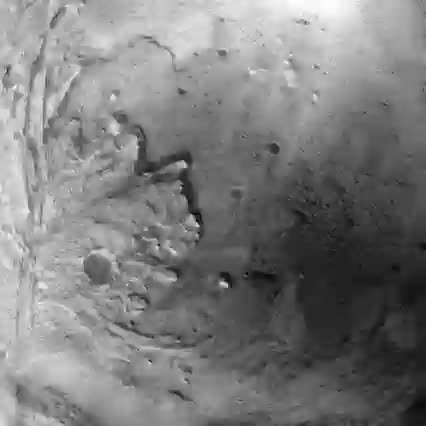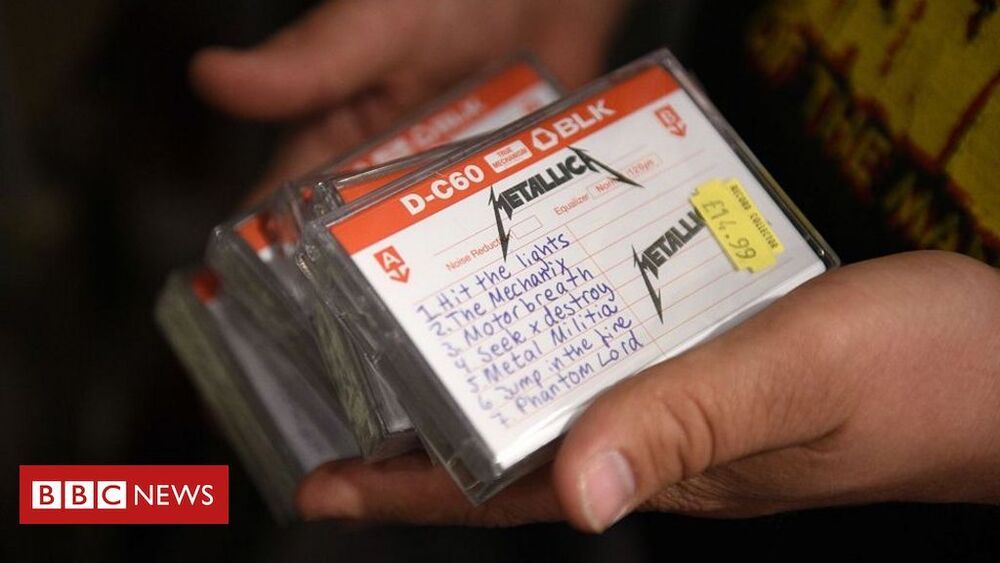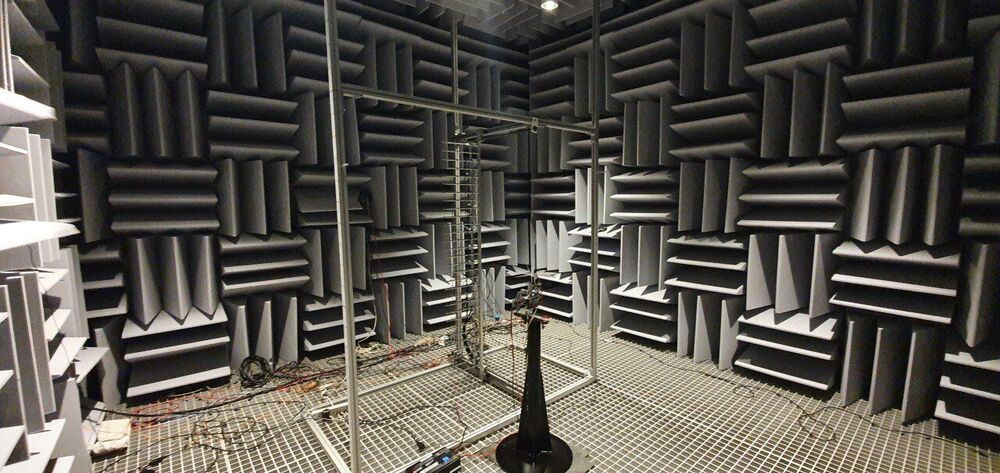You’re looking at the real deal images I used to make my pinpoint landing. This is how I quickly got my bearings and picked the safest target in the last three minutes before touchdown.
How it works: go.nasa.gov/3rBUbul

You’re looking at the real deal images I used to make my pinpoint landing. This is how I quickly got my bearings and picked the safest target in the last three minutes before touchdown.
How it works: go.nasa.gov/3rBUbul

But Aspelmeyer and his colleagues could not declare victory quite yet: they still had to rule out the possibility that the source mass modulation was generating other forces on the test mass that would oscillate at precisely the same frequency. Periodic rocking of the table supporting the experimental apparatus, caused by recoil from the barely visible motion of the source mass, was just one of a host of confounders the researchers had to carefully quantify. In the end, they found that all known nongravitational forces would be at least 10 times smaller than the gravitational interaction.
Reaching toward Quantum Scales
Aspelmeyer believes that an improved torsion pendulum will be sensitive to gravity from masses 5000 times smaller still—lighter than a single eyelash. His ultimate goal is to experimentally test the quantum nature of gravity, a question that has perplexed physicists for nearly a century. Quantum mechanics is one of the most successful and precisely tested theories in all of science: it describes everything from the behavior of subatomic particles to the semiconductor physics that makes modern computing possible. But attempts to develop a quantum theory of gravity have repeatedly been stymied by contradictory and nonsensical predictions.

MIT scientists demonstrate a hair-like plastic polymer cable that can transmit data 10 times as fast as USB.
How fast does data flow? The answer: not fast enough.
The search for more efficient data-transfer solutions to meet the ever-increasing demand for computation never ends. Even today, most data transmission happens via traditional copper cables, which are power-hungry, leading to a compromise between data exchange and energy consumed. Fiber-optic cables are an alternative, but they don’t work well with the silicon chips in our computing systems. Overcoming these limitations, while theoretically possible, can turn out to be prohibitively expensive, especially for electronics-rich applications like data centers, spacecraft, electric vehicles and so on.
A team of scientists at the Massachusetts Institute of Technology have recently demonstrated a plastic polymer cable that is a complementary solution; it takes the best of copper wires and fiber-optics while ditching their shortcomings. Thinner and lighter than copper, this cable is capable of data transfer speeds rivaling fiber-optic threads, while being compatible with silicon chips. The team, which presented its findings at the IEEE International Solid-State Circuits Conference in February, reported data-transfer speeds topping 100 gigabits per second.



Researchers have published a study revealing their successful approach to designing much quieter propellers.
The Australian research team used machine learning to design their propellers, then 3D printed several of the most promising prototypes for experimental acoustic testing at the Commonwealth Scientific and Industrial Research Organisation’s specialized ‘echo-free’ chamber.
Results now published in Aerospace Research Central show the prototypes made around 15dB less noise than commercially available propellers, validating the team’s design methodology.



A fireball that lit up the sky over the United Kingdom and Northern Europe on February 28 was an extremely rare type of meteorite. Fragments of the space rock discovered on a driveway in the Cotswolds could provide answers to questions about the early history of the solar system and life on Earth. Almost 300 grams (10.6 ounces) of the meteorite have been collected from the small Gloucestershire town of Winchcombe by scientists, who said the rock was formed of carbonaceous chondrite. The substance is some of the most primitive and pristine material in the solar system and has been known to contain organic material and amino acids — the ingredients for life.
The Natural History Museum in London said the fragments were retrieved in such good condition and so quickly after the meteorite’s fall that they are comparable to rock samples returned from space missions, both in quality and quantity. “I was in shock when I saw it and immediately knew it was a rare meteorite and a totally unique event. It’s emotional being the first one to confirm to the people standing in front of you that the thud they heard on their driveway overnight is in fact the real thing,” said Richard Greenwood, a research fellow in planetary sciences at The Open University, in a statement from the museum. He was the first scientist to identify the meteorite.
There are approximately 65000 known meteorites on Earth, the museum said. Only 1206 have been witnessed to fall, and of these, only 51 are carbonaceous chondrites. The fireball was seen by thousands of eyewitnesses across the UK and Northern Europe and was captured on home surveillance and other cameras when it fell to Earth at 9:54 p.m. GMT on February 28. The original space rock was traveling at nearly 14 kilometers per second before hitting the Earth’s atmosphere and ultimately landing on a driveway in Winchcombe. Other pieces of the meteorite have been recovered in the local area. Footage of the fireball shot by members of the public and the UK Fireball Alliance camera networks helped locate the meteorite and determine exactly where it came from in the solar system, the museum said.
During Parker Solar Probe’s seventh swing by the Sun, culminating in its closest solar approach, or perihelion, on January 172021, celestial geometry posed a special opportunity. The configuration of this particular orbit placed Parker Solar Probe on the same side of the Sun as Earth — meaning that Earth-bound observatories could observe the Sun and its outpouring of solar wind from the same perspective as Parker’s. This comes on the heels of a similar observation campaign in the winter of 2020.
“Along with the global science community, the Parker Solar Probe team can’t wait to see this new data,” said Nour Raouafi, the Parker Solar Probe project scientist from the Johns Hopkins Applied Physics Laboratory in Laurel, Maryland. “Combining it with contributions from observatories around the globe will help us to put Parker observations in a broader context and build a complete picture of the phenomena observed in the solar atmosphere.”
Read on for snapshots from a few missions that observed the Sun and the solar system during Parker Solar Probe’s seventh solar encounter.